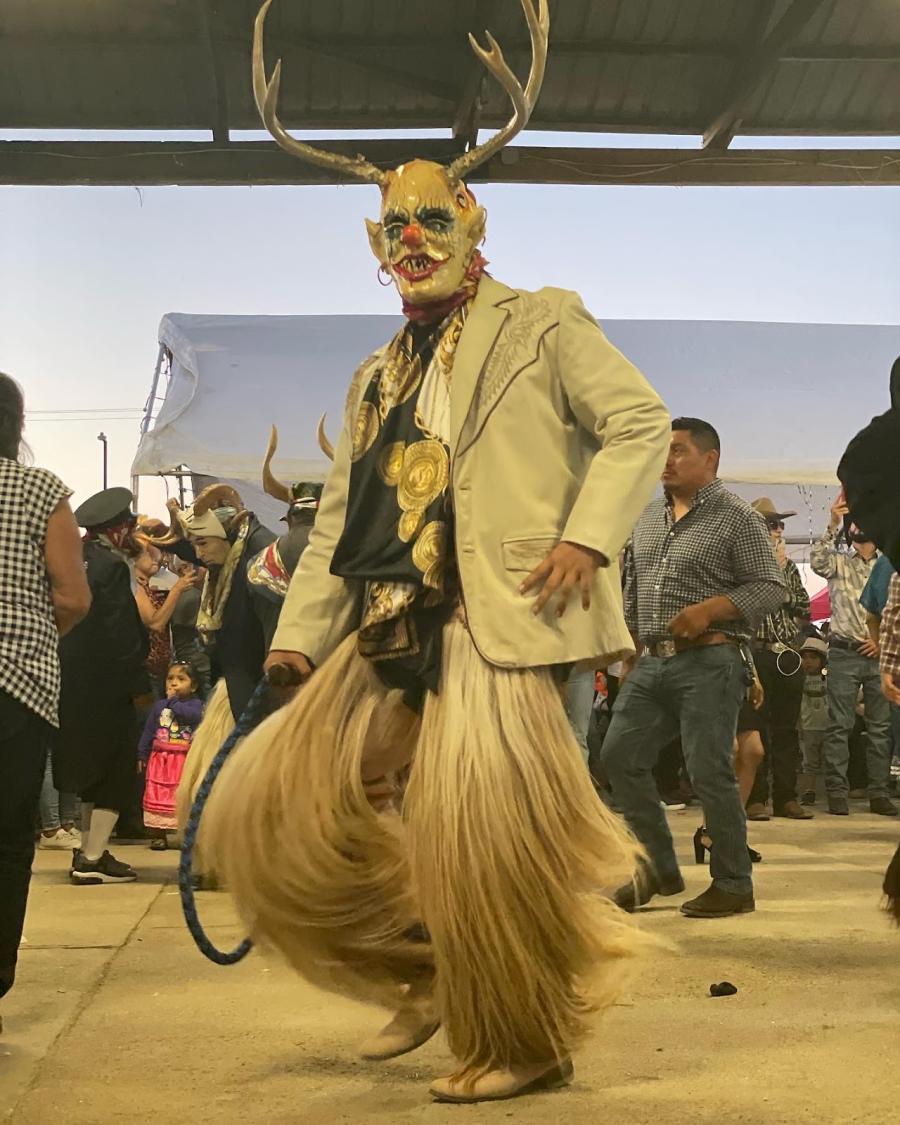Dishes described as “Hawaiian” can be spotted on menus around the world. From Georgia to Japan, restaurants offer “Hawaiian” burgers, barbeque, pizza, and even pasta. Although these dishes may have pineapples aplenty, authenticity is often absent; contrary to the culturally ignorant trend, putting pineapples on a plate does not magically make it more Hawaiian.
Putting pa’i ‘ai on a plate might. But for the past couple of years, serving pa'i 'ai in a restaurant was actually illegal, as was selling it in the grocery store and peddling it at the farmers market. And for decades before—since about 1950—pa'i 'ai was unavailable to the public for purchase and consumption. So while the people of a rural village in a place as distant as Thailand could eat a “Hawaiian” pizza at the local pizza joint, Native Hawaiians living in Hawaii could not order a dish that has roots—both figurative and literal—in the culture and history of the islands.
Pa'i 'ai (pronounced pah-ee-eye) is a byproduct of poi. Poi is produced by pounding the cooked corms of kalo—a root vegetable also known as taro–and adding water to create a glutinous paste. A descendant of the Sky Father and Earth Mother, kalo is believed to be the greatest life source of all foods and an ancestor of the Hawaiian people. According to Native Hawaiian custom, you must pay respect to Elders. So it follows that because kalo is linked to ancient ancestors, it is expected that no one will argue while a bowl of poi is uncovered; when poi is at the center of the table, there is respect for ancestors and celebration of family.
So how did such a culinary and culturally significant staple become an outlaw in its own land? In 2009, the state Department of Health (DOH) deemed pa'i 'ai unsafe for public consumption. They shut down a pa'i 'ai booth at the farmers market and confiscated pa'i 'ai that had been sold to a local restaurant, on the assertion that food that is not prepared according to DOH codes cannot be sold to the public. On the surface, it sounds like a reasonable and consumerconscious argument; one that would be more believable if the DOH consistently maintained it. But they have already made exceptions to their rules for foods such as honey, sushi, and rare steaks. The DOH allows these products to be sold and served, provided they are labeled with a warning indicating that the risk involved in consuming them rests with the consumer. This means that while raw—and often foreign—items have remained on the menu, the local Native Hawaiian staple, pa'i 'ai, was removed.
And so began the battle between Indigenous culture and state law. The DOH claimed that the methods and implements used for pounding pa'i 'ai violated DOH preparation guidelines. According to custom, pa'i 'ai is traditionally pounded at home. But according to the DOH, food items produced for public consumption must be prepared in a certified commercial kitchen. The DOH argued that the pohaku ku 'i vai—the porous stone used to pound the kalo—carried the risk of becoming a bacteria breeding ground. Native Hawaiians maintained that the stone has the potential to carry the mana—the spiritual power—of a former practitioner; bleaching a stone so sacred is naturally not an option.
Pa’i ‘ai and its supporters proved they would not wait silently on the sidelines while sushi and steaks were served. Practitioners, cultural activists, community members, and a student from the University of Hawaii’s William S. Richardson School of Law took up the pa'i 'ai flag and took the issue to the legislature. The “Legalize Pa'i 'Ai” movement was born and, in early 2011, SB 101—commonly called “The Poi Bill”—was created.
The Poi Bill was about much more than public consumptionof hand-pounded taro. The bill carried the weight of an ancient tradition, raised questions of food security and food safety, and pushed policymakers to consider the culture and knowledge of the Native people of Hawaii. And for many, it also ignited an interest in learning to pound poi like the ancestors of these islands. As recently as 2010, you couldn’t buy pa'i 'ai in Hawaii; but you could learn to make it, thanks to practitioners like Daniel Anthony and Uncle Earl Kawaa. Both men teach workshops on all things kalo, from crafting the boards to cleaning the corm and of course, the proper way to pound pa'i 'ai. They are training a new generation of practitioners and raising a consciousness of kalo culture.
To say that people in Hawaii are appreciative of Daniel Anthony and Uncle Earl’s efforts is an understatement. “He is a gift,” Native Hawaiian David Kapu said of Daniel as we watched David’s son pounding pa'i 'ai at a community gathering in Daniel’s backyard. “He is upholding our history.” For years, the family pounding stone sat untouched in David’s home. David explained that not just anyone could pick up the stone that held the mana of his ancestors. “We don’t take it up for just any reason. It is very sacred. It has to be a very special situation, the right type of person.”
That person, David discovered, was his own son, Matthew. “A few mystics mentioned that the time had come” for someone to take up the stone once again, David said. But he never told Matthew. “I didn’t mention it. I sat back and waited.” And in time, Matthew became interested on his own. David explained that his son heard the sound of pa'i 'ai pounding—the noise produced as practitioners strike the stone to the papa ku'i 'ai board—as they passed by Daniel’s home one day. When they found out that Daniel opens his home up to others interested in learning to pound, they signed up for a community pounding event.
“And now here we are,” David said with a smile, as he glanced over at his son. Matthew kept his focus on the task, with the family stone in one hand and the half-pounded pa'i 'ai in front of him. “The time has come,” David said. “For my family and for the next generation.”
The time has also come for others to learn about the ancient tradition and enjoy the delicate taste of fresh, handpounded pa'i 'ai. On May 5, 2011, The Poi Bill was unanimously passed by the House and the Senate, legally exempting pa'i 'ai from certain DOH requirements regarding food safety, provided certain conditions are met. The conditions include certification of the kitchen where the pa'i 'ai is produced and the law requires that the DOH adopt the new rules no later than December 31, 2011.
But folks like Daniel Anthony and restaurants like Sushi Ii have already begun putting pa'i 'ai back on menus and plates across the Aloha state and beyond. Anthony received his DOH certification and offers pa'i 'ai for purchase—at the Haleiwa farmers market on Oahu and through his website, Mana Ai—while Sushi Ii took almost immediate advantage of the availability and added “fried pa'i 'ai” to their menu.
If you’ve never tried pa'i 'ai, you’ve never truly experienced Hawaiian cuisine. Now that pa'i 'ai has resumed its rightful place at the table, you can pound it, sell it, purchase it, and taste taro the way it was meant to be tasted: handpounded and fresh off the papa ku'i 'ai.
— Sunny Ashley M. Fitzgerald is a writer living in Hawaii and a former Cultural Survival intern.



